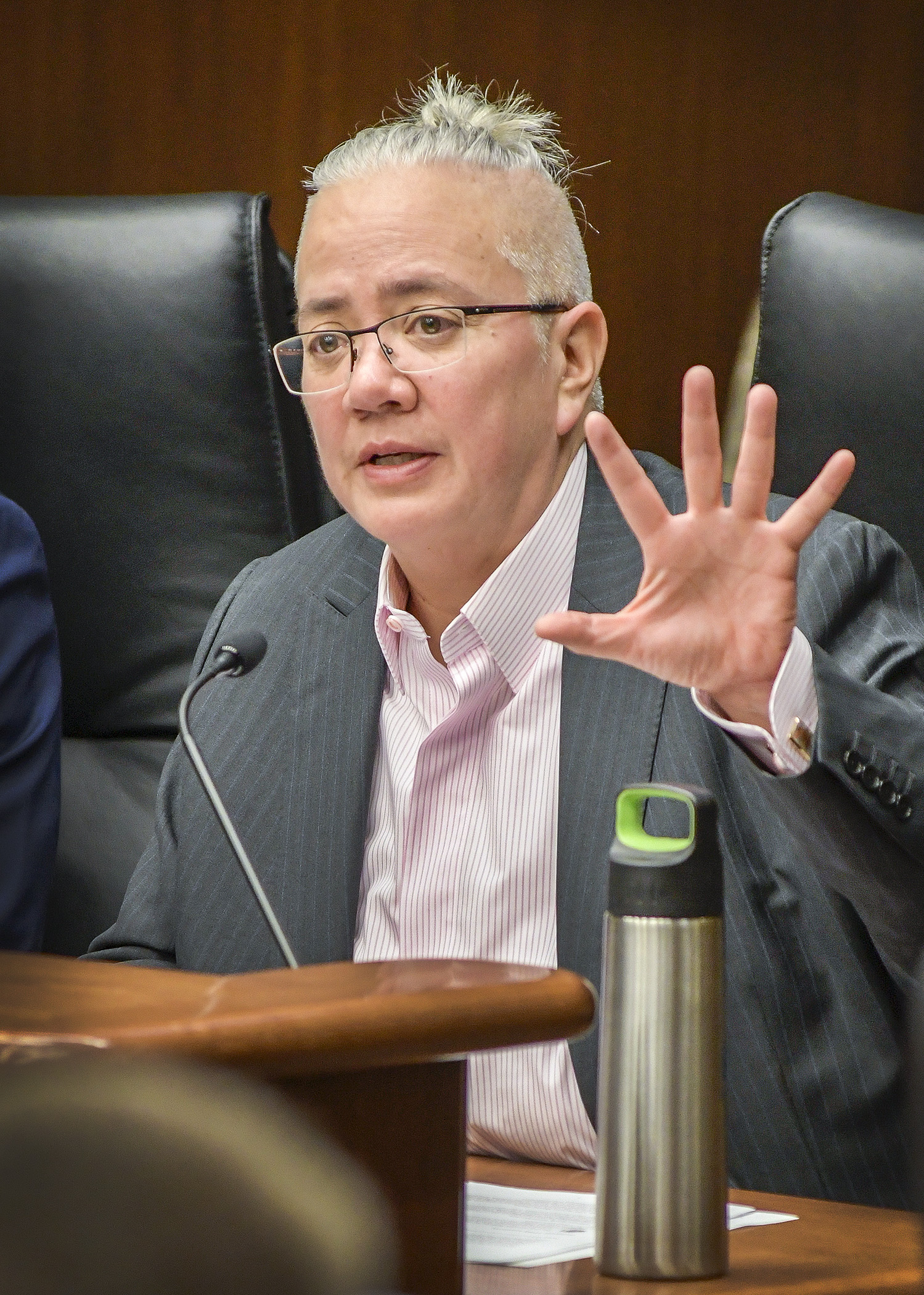Housing funds would see boost under governor's budget

The 2020-21 biennial budget proposed by Gov. Tim Walz would make a larger housing investment than any other governor in state history, totaling $133.6 million.
“It was clear in his remarks … that the governor knows that having a home is foundational to everything we want in life, for everyone in the state of Minnesota,” Housing Commissioner Jennifer Leimaile Ho told the House Housing Finance and Policy Division Wednesday.
The budget calls for a $28 million increase over the base, representing a vital investment needed if the state wants its housing market to remain a competitive advantage, she said.
While housing production has not kept pace with the needs of communities, and the cost often exceeds what people can afford to pay, it remains more affordable to live in Minnesota than on either coast, Ho said.
Areas of new or increased spending focus on “data-driven, evidence based, cost-effective solutions,” leverage other funding sources, and closely align with goals identified by The Governor’s Task Force on Housing, Ho said.
A $6 million appropriation, divided evenly over two years, would expand Homework Starts with Home, a program that serves homeless or highly mobile families with school-aged children by providing rent and other housing assistance.
On any given day, 8,700 students in 300 different school districts experience housing instability, which impacts their ability to learn and thrive, Ho said.
The budget is also intended to encourage the building of 150 to 350 new homes by the end of Fiscal Year 2021, through the Economic Development and Housing Challenge – also known as the Challenge Program – with a $10 million increase divided between Fiscal Years 2020 and 2021 and an additional $2 million increase divided between Fiscal Years 2022 and 2023.
These funds would be awarded through an annual consolidated RFP process and require an equal match from local, private, or federal funding source, Ho said.
Other budget increases include:
- $4 million to the Family Homeless Prevention and Assistance Program to provide short-term assistance to at-risk families;
- $2 million to provide a Local Housing Trust Fund Match, anticipated to help seven to 13 communities, through a one-time appropriation in Fiscal Year 2020;
- $2 million to the Homeownership Capacity program, which provides intensive homebuyer and financial education to fist-time homebuyers with low or moderate incomes, especially households of color;
- $1 million to Bridges Rental Assistance to provide rental assistance to households in which at least one adult has a serious mental illness; and
- $1 million to the Rehabilitation Loan Program to help single homeowners make basic health and safety improvements.
The governor’s budget also calls for a $2 million increase in funding for the state’s Homeless Management Information System, which is needed to meet federal requirements tied to $40 million in funding, Ho said.
This particular item would be funded through the Department of Human Services, but is necessary for addressing homelessness in the state, she said.
The governor’s budget calls for a $1.27 billion bonding bill with investments focusing on transportation and higher education as well as housing, which accounts for $120 million of the proposal and could:
- help preserve federally-assisted housing;
- build and preserve permanent supportive housing;
- purchase land for community land trusts;
- build and preserve affordable senior housing; and
- improve infrastructure for manufactured home communities.
Related Articles
Search Session Daily
Advanced Search OptionsPriority Dailies
Ways and Means Committee OKs proposed $512 million supplemental budget on party-line vote
By Mike Cook Meeting more needs or fiscal irresponsibility is one way to sum up the differences among the two parties on a supplemental spending package a year after a $72 billion state budg...
Meeting more needs or fiscal irresponsibility is one way to sum up the differences among the two parties on a supplemental spending package a year after a $72 billion state budg...
Minnesota’s projected budget surplus balloons to $3.7 billion, but fiscal pressure still looms
By Rob Hubbard Just as Minnesota has experienced a warmer winter than usual, so has the state’s budget outlook warmed over the past few months.
On Thursday, Minnesota Management and Budget...
Just as Minnesota has experienced a warmer winter than usual, so has the state’s budget outlook warmed over the past few months.
On Thursday, Minnesota Management and Budget...